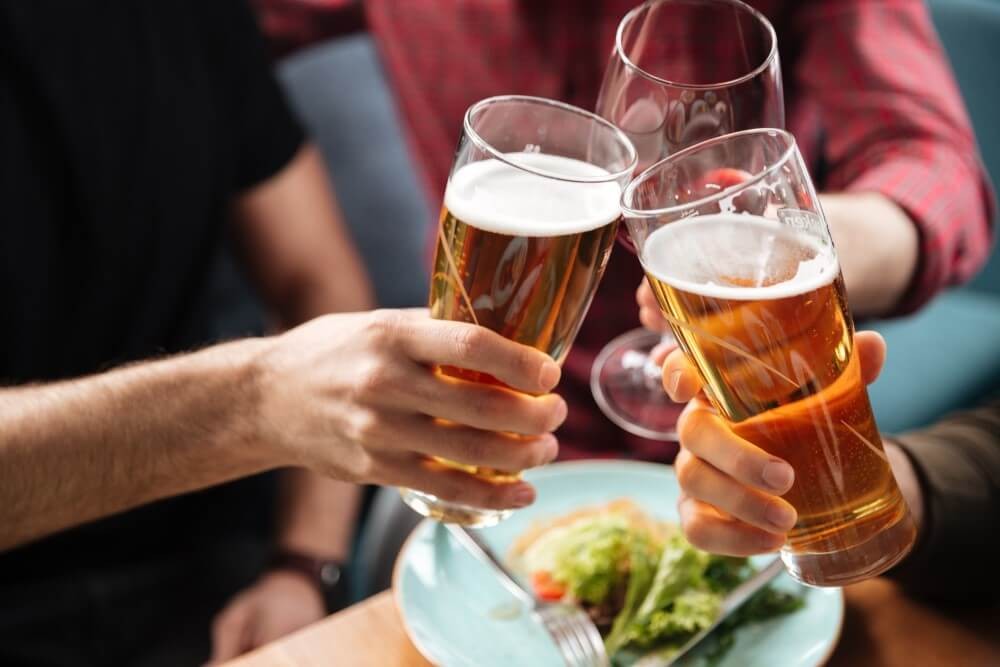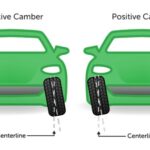Sipping wine at dinner, enjoying beers with friends, or celebrating with shots can lead to great times. But knowing your limit is key. Ever wondered what makes alcohol intoxicating and just How Much Alcohol Can Get You Drunk?
This article explores how alcohol affects your body, the factors influencing intoxication, hangover causes, and potential remedies.
How Does Alcohol Get You Drunk?
Alcohol, or ethyl alcohol, is produced when yeast ferments sugars. After a drink or two, the relaxing feeling is due to ethyl alcohol.
When you consume alcohol, it’s absorbed into the bloodstream through the stomach and small intestine. Its small molecules can cross the blood-brain barrier, entering the brain.
In the brain, alcohol molecules attach to gamma-aminobutyric acid (GABA) receptors, slowing down brain activity, which creates a relaxed sensation.
As you drink more, blood alcohol concentration (BAC) rises. More alcohol binds to brain receptors, depressing the central nervous system and disrupting brain communication, leading to increased intoxication.
Factors Influencing How Much Alcohol Can Get You Drunk
There’s no precise number of drinks that define the line between buzzed and drunk. Individual tolerance depends on several elements:
Quantity of Alcohol Consumed
The more you drink, the higher your BAC, and the greater the impact on your brain, resulting in a higher likelihood of getting drunk.
Type of Alcoholic Beverage
Alcohol content differs across drinks. A standard beer has around 5% alcohol, a 5-ounce wine glass contains 12%, and a 1.5-ounce shot of distilled spirits is approximately 40%, according to the National Institute of Health. Drinking three beers versus three shots of liquor within an hour will lead to drastically different levels of intoxication.
Time Between Drinks
Consuming three glasses of wine within one hour versus over three hours will affect how you feel. The liver filters alcohol, typically oxidizing one unit per hour. If you drink faster than the liver can process, your BAC will increase, causing you to get drunk faster.
Food Consumption
Drinking on an empty stomach accelerates the effects of alcohol. Food in the stomach helps break down alcohol, while an empty stomach allows alcohol to rapidly enter the small intestine. The increased surface area of the small intestine results in more alcohol absorption into the bloodstream.
Body Size and Sex
Body tissues, such as fat and muscle, absorb alcohol. Smaller individuals generally become intoxicated quicker than larger ones. Biological sex also plays a role, as women tend to be smaller and metabolize alcohol slower than men.
Tolerance Level
The body can adapt to regular alcohol consumption. The brain may increase the number of GABA receptors, requiring more alcohol to achieve the same effects. This increased tolerance means it takes more alcohol to get drunk.
Medications
Certain medications can alter how the body absorbs or reacts to alcohol. Consult your doctor about drinking while taking medication to understand potential interactions.
Behavioral Effects of Alcohol
Alcohol is popular because it can induce relaxation, happiness, and reduced inhibitions. A Gallup poll reports that roughly 65% of US adults aged 21 and older drink alcohol. However, excessive drinking can lead to belligerence, confusion, or aggression.
Physical Effects of Alcohol
Alcohol impairs brain function, leading to clumsiness and speech difficulties. Physical effects can include:
- Slow reaction times
- Loss of motor control
- Slurred speech
- Confusion
- Dizziness
- Nausea and vomiting
Alleviating Hangovers After Drinking
Hangovers can include symptoms like headaches, dry mouth, and difficulty concentrating.
These are thought to result from dehydration, inflammation, low blood sugar, stomach irritation, expanded blood vessels, and sleep disturbances. Time is the primary cure, but you can expedite recovery.
IV Therapy for Hangover Relief
Consider IV treatments for hangovers. Options like the Myers’ Cocktail provide fast rehydration, electrolytes, vitamins, and antioxidants.
For rapid rehydration due to hangovers and vomiting, The Exorcism is designed for that purpose. Many individuals have found intravenous hangover formulas helpful.
Understanding how much alcohol can get you drunk depends on body type, eating habits, beverage type, and drinking pace. With experience, you will learn how different drinks affect you. Always consider a designated driver if you are drinking outside your home.

